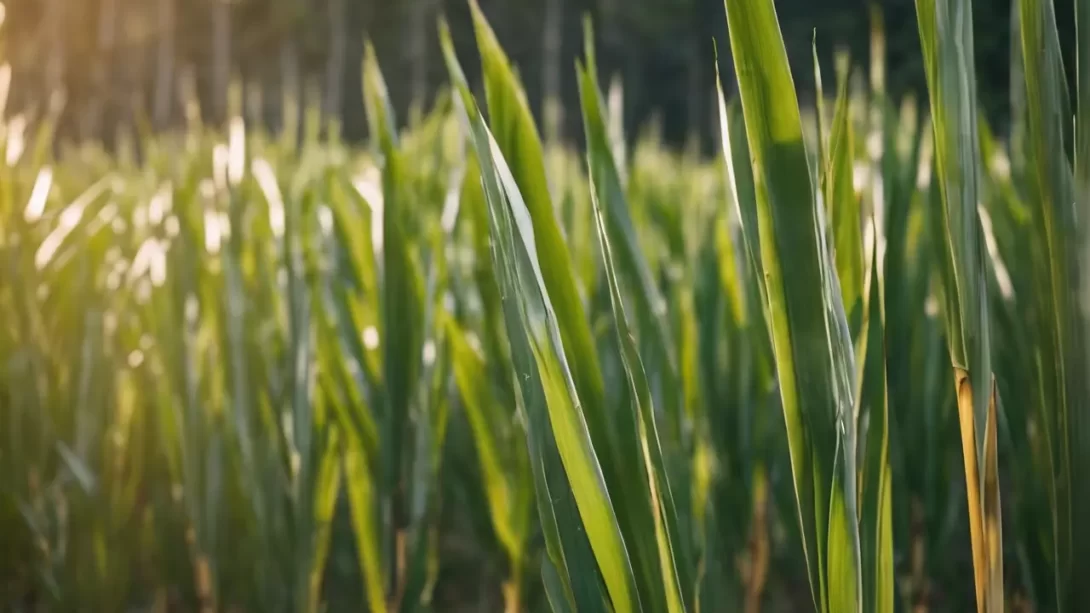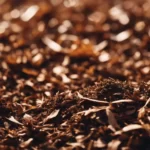Fertilizers play a pivotal role in the health and productivity of plants, and bone meal is a popular choice among gardeners for its rich nutrient content. However, the efficacy of any fertilizer, including bone meal, varies depending on the specific needs of the plant in question. In this context, understanding whether bone meal is suitable for sugarcane cultivation is crucial for gardeners aiming to optimize their crop’s health and yield.
What is Bone Meal?
Bone meal is a natural fertilizer made from ground animal bones, typically beef bones. It is renowned for its high phosphorus content, an essential nutrient that supports root development and flowering in plants. Additionally, bone meal provides a moderate amount of nitrogen and a small amount of potassium, along with various trace elements. It is slow-releasing, meaning its nutrients are made available to plants over an extended period. Gardeners often use bone meal for root crops, bulbs, and flowering plants, but its application in sugarcane cultivation requires a closer look.
Sugarcane’s Nutritional Needs
Sugarcane, a tropical grass species known scientifically as Saccharum officinarum, thrives in warm, sunny environments with well-drained, fertile soil. This crop has specific nutritional requirements to achieve optimal growth and sugar production. Nitrogen, phosphorus, and potassium (NPK) are the key macro-nutrients needed, with nitrogen being crucial for leaf development and chlorophyll production, phosphorus for root and stalk development, and potassium for overall plant health and disease resistance. Understanding these needs is vital to determine if bone meal, with its specific nutrient profile, is an appropriate choice for fertilizing sugarcane.
Bone Meal and Sugarcane: A Compatibility Analysis
Analyzing the compatibility of bone meal with sugarcane involves comparing the fertilizer’s nutrient profile with the plant’s requirements. Bone meal’s high phosphorus content aligns well with sugarcane’s need for this nutrient during the root development stage. However, its relatively low nitrogen content may not meet the high nitrogen demand of sugarcane, especially during the early growth phase. This imbalance suggests that while bone meal can be beneficial, it might not suffice as the sole fertilizer for sugarcane.
Furthermore, the slow-release nature of bone meal ensures a prolonged supply of nutrients, which is advantageous for sustained growth. But, sugarcane’s rapid growth phase might require more immediately available forms of nutrients, particularly nitrogen. Therefore, while bone meal can contribute positively to the soil’s nutrient mix, relying on it exclusively could lead to suboptimal growth and sugar production in sugarcane.
Alternative Fertilizers for Sugarcane
Given the limitations of bone meal for sugarcane, exploring alternative fertilizers is essential. Chemical fertilizers with a balanced NPK ratio can provide the immediate nutrient release that sugarcane requires for rapid growth. Organic options, such as compost or well-rotted manure, can also be effective, offering a broad spectrum of nutrients while improving soil structure and microbial activity.
In comparing bone meal to these alternatives, it’s clear that each has its unique advantages. Bone meal excels in providing long-term phosphorus supply, which is essential for root and stalk development. On the other hand, balanced chemical fertilizers offer a quick nutrient boost, crucial for the early stages of sugarcane growth. Organic matter, like compost, not only feeds the sugarcane but also enhances the overall health of the soil, promoting long-term sustainability.
Application Guidelines for Bone Meal on Sugarcane
If you decide to incorporate bone meal into your sugarcane fertilization regimen, it’s important to do so correctly. The application should ideally be done at the planting stage to aid in root development. For mature sugarcane plants, applying bone meal around the base and lightly incorporating it into the soil can be beneficial. The recommended dosage varies depending on the specific product, but generally, a light application every 4-6 months is sufficient.
It’s also crucial to monitor your sugarcane’s growth and adjust your fertilization strategy as needed. Signs of nutrient deficiencies or excesses can guide you in fine-tuning the combination and amount of fertilizers used. Regular soil testing is recommended to assess nutrient levels and pH, ensuring that your sugarcane receives the optimal balance of nutrients for healthy growth.
Conclusion
In conclusion, while bone meal can be a beneficial addition to your sugarcane fertilization plan, it should not be the sole source of nutrients. Its high phosphorus content supports root and stalk development, but its low nitrogen levels and slow nutrient release may not fully meet the rapid growth demands of sugarcane. Therefore, a balanced approach that incorporates bone meal alongside other nitrogen-rich fertilizers or organic matter is recommended for optimal sugarcane health and productivity.
When using bone meal, apply it judiciously, focusing on the root development stage of sugarcane. Complement it with other fertilizers that provide a more immediate release of nitrogen and potassium, especially during the early growth phases. Regular soil tests can help in tailoring the fertilization regimen to your specific soil conditions and sugarcane variety, ensuring that the plants receive a balanced diet of nutrients.
It’s also important to consider the environmental impact of your fertilization practices. Using organic and natural fertilizers like bone meal and compost not only feeds your sugarcane but also contributes to the health of the soil ecosystem. This holistic approach to gardening not only benefits your crops but also supports the broader environmental sustainability goals.
In summary, while bone meal has its place in sugarcane cultivation, it works best as part of a diverse and balanced fertilization strategy. By understanding and catering to the specific nutritional needs of sugarcane, and adjusting your approach based on soil conditions and plant growth stages, you can ensure a bountiful and healthy sugarcane harvest.
Remember, successful gardening is an ongoing learning process. Stay curious, experiment with different fertilization methods, and observe how your plants respond. This hands-on experience, combined with informed practices, will enhance your gardening journey, making it both rewarding and enjoyable.



